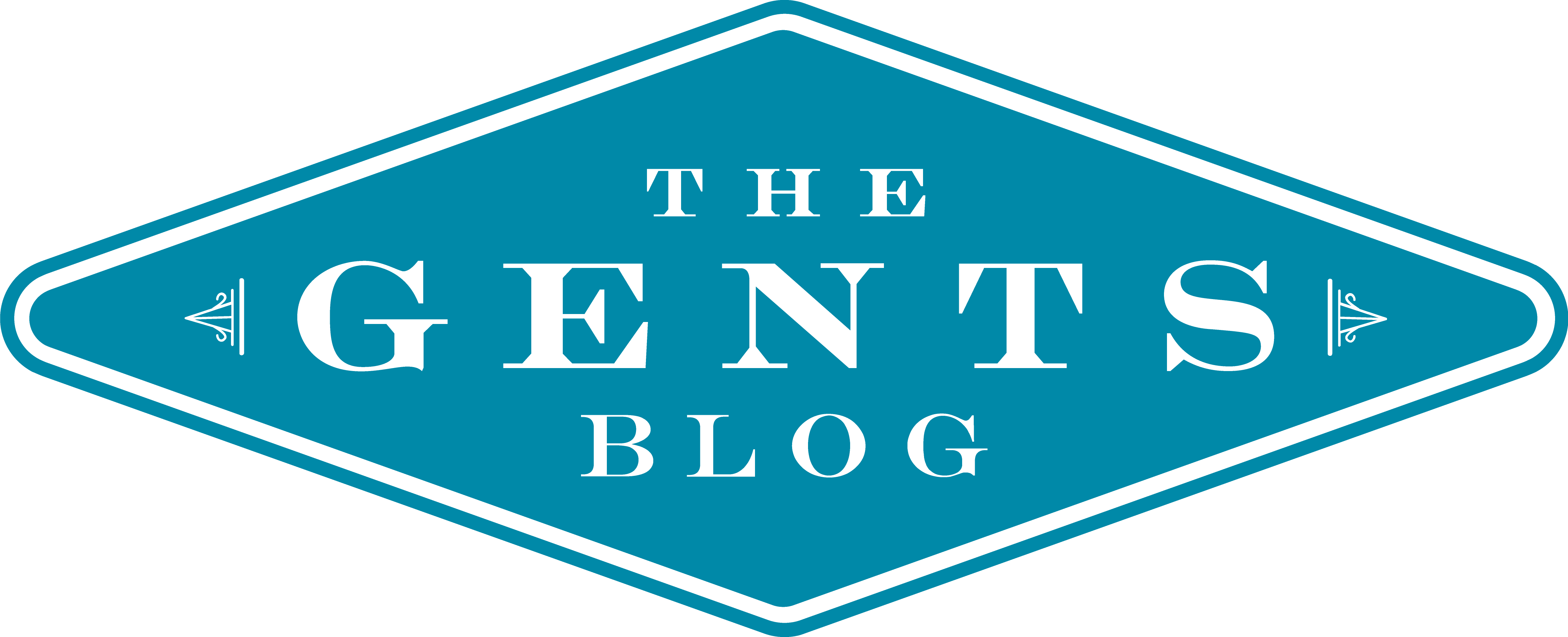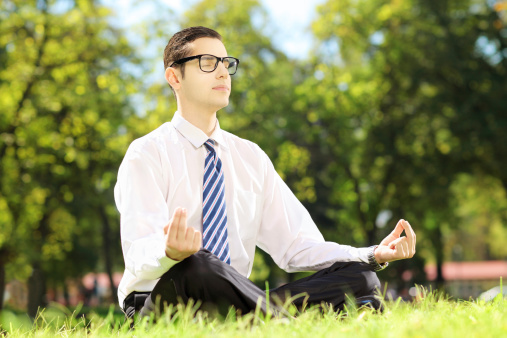I can only imagine what it must have been like for men like Pablo Picasso and Nikola Tesla (and, while we’re at it, the CEO of Tesla Motors, Elon Musk) to put their heads down at night and try to find sleep amid all that genius creativity they had inside of them. Even when I’m working on something as dry and formulaic as tax returns, I often find it difficult to pull myself away from escalating momentum and my anticipation of the finish line. Still, I force myself to walk away at least once every couple of hours, and I encourage everyone on my team to do the same—for good reason.
The Philosophy of Halftime
Research appearing in the Harvard Business Review seems to confirm everything we’ve read about Malcolm Gladwell and the 10,000 hours needed to reach so-called “expert status.” However, the same research suggests this is best accomplished over several decades and not a few years of fourteen-hour workdays. Just like world-class athletes require intermittent recovery periods, so too do world-class brains (and everyday brains like that driving these keystrokes).
Recovery doesn’t mean napping or playing Angry Birds, however, at least not for aspiring experts. It means specifically reserving time for calculated activity. For George Foreman, this meant a lot of ice and deep breathing. For the rest of us, this means setting aside some time to think.
A Productive Gentleman Is a Thinking Gentleman
The greatest achievers in history all set aside time specifically reserved for thoughts. Picasso and Einstein, for example, both had adult “study groups” they met with to discuss ideas—and both equally embraced their thoughts in solitude. Picasso wrote that “without great solitude, no serious work is possible,” and Einstein was known for finding deep concentration amid roaring company and distraction.
While you and I might not be world-class artists and scientists, we can still maximize our work and passions by setting aside some daily time for reflection. In fact, further Harvard research has demonstrated precisely this—finding that Wachovia employees who scheduled regular breaks were measurably more productive.
The Best Thinking Destinations
The key to maximizing these thought breaks lies in a few critical details:
1) Impulse and randomness can often work against us. Setting a clock or reminder every few hours during your workday is a great strategy—particularly when just beginning.
2) Find a space that reinforces your habit. Don’t choose the spot you flock to when you’re on hold with customer service. Aim to find a place that’s for thinking and restoration only. This will help preserve your mindset and maximize your sense of restoration and escape.
3) Avoid distraction. Seek out an environment you’ll thrive in, whether your preference is silence or ambient noise. If choices are limited, there are plenty of white noise apps that pair well with noise-cancelling headphones. (Apparently washing machine sounds are quite popular, though I tend to prefer thunderstorms.)
Where Are Your Thinking Spots?
I’ve done a lot of my best thinking on planes and at the gym, but I recognize the limitations of our daily schedules and know it’s tough to find solace among cubicles and fax machines.
Do you have some favorite places to get away and think? Share them with us!



